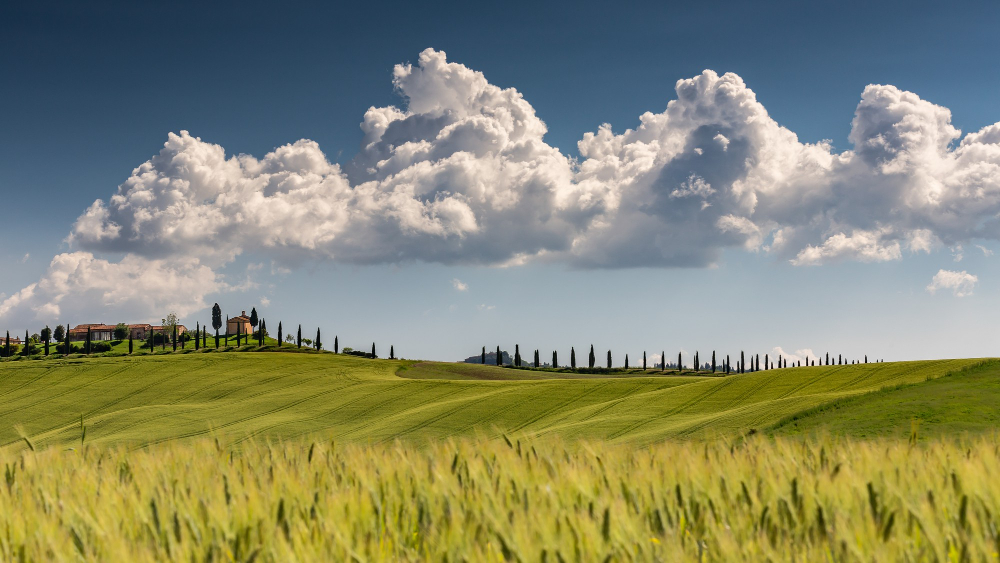Vicenza is a town located in the North-East of Italy, in the Veneto Region (approximately 60 kilometres west of Venice and 200 kilometres east of Milan).
With a total area of about 80 km2 and a resident population of 110.293 inhabitants (Dec. 2021), Vicenza is a compact city, located in a diversified territory, rich of urban as well as productive excellence, involved in demanding territorial dynamics that invest the entire area of Italy Northeast.
It has been part of the Covenant of Mayors network since 2011 and of the Mayors Adapt network from October 2014.
Also widely known as la “Città di Palladio” (Palladio’s town), Vicenza has been enlisted as UNESCO World Heritage Site since 1994 based on criteria, which are strictly related to the work of Andrea Palladio, the Italian Renaissance architect active in the Venetian Republic (1508-1580). In fact, Vicenza represents a unique artistic achievement in the many architectural contributions of Andrea Palladio, integrated within its historic fabric and creating its overall character. Inspired by classical architecture, Palladio reworked the classical patterns and his constant typological experimentation have exerted exceptional influence on architectural and urban design in most European countries and throughout the world, giving rise to Palladianism, a movement named after the architect and destined to last for three centuries. The best known buildings are the Palladian Basilica and Palazzo Chiericati, which are located in the city centre.
Cities2030 partner organizations participating in Vicenza CRFS Lab
Within the framework of Cities2030, Vicenza is represented by the local authority, the Municipality of Vicenza, and the International Library “La Vigna”, as third associate partner.
The collaboration between a local public authority and an institute of documentation specialised in agricultural and rural world culture studies is an asset for the successful implementation of the project. It allows to implement a continuous interaction between the governance/policy level and the need for innovation and experimentation to transform the local food system, while respecting traditions.
The Municipality of Vicenza (VIZ, P32) ensures the involvement of the authorities at regional level, as well as of the residents and key stakeholders. It identifies the most pertinent challenges faced by the urban food system and it plays a pivotal role in assessing the needs and defining the urban food vision to design better policies, strategies, action plans, and regulations at local level. For more information, please visit: https://www.comune.vicenza.it/
The International Library “La Vigna” (LLF, P32a), is the bridge between the cultural heritage in the field of agriculture and the need of innovation in the food system. It dialogues and collaborates with public and private actors, local producers, communities, and initiatives. It provides recommendations for policy framework and implementation methods for green activities, specifically within the context of sustainable food. For more information, please visit: https://www.lavigna.it/

